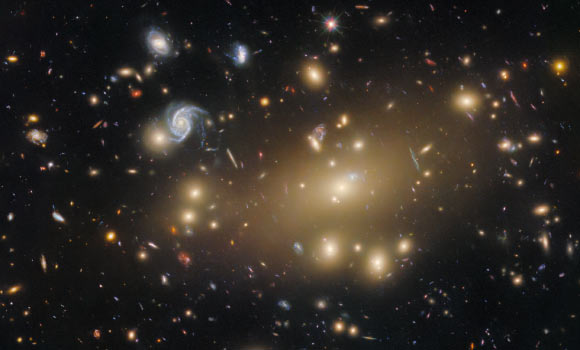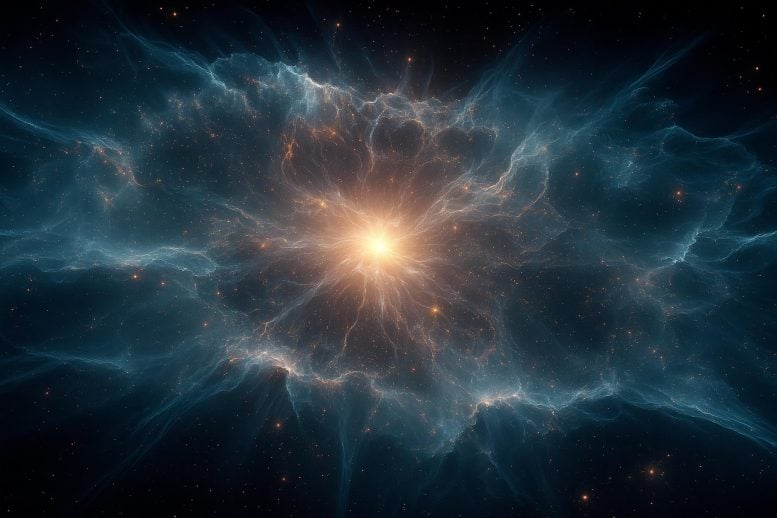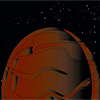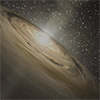Abell 209 is a massive galaxy cluster located about 2.8 billion light-years away in the constellation of Cetus.
This Hubble image shows Abell 209, a galaxy cluster located about 2.8 billion light-years away in the constellation of Cetus. The…

Abell 209 is a massive galaxy cluster located about 2.8 billion light-years away in the constellation of Cetus.
This Hubble image shows Abell 209, a galaxy cluster located about 2.8 billion light-years away in the constellation of Cetus. The…

July’s skies offer a feast: Mars glows at dusk while Mercury peeks out briefly, Venus blazes before dawn, and Jupiter joins it for a photogenic pairing. Saturn lingers past midnight, and the Moon stages close encounters with Mars and the…

Deep in the center of our galaxy, scientists believe a strange type of star may be quietly glowing—not from fusion like our Sun, but from the invisible fuel of dark matter. These “dark dwarfs” could act like cosmic detectors, collecting…

TOKYO — President Donald Trump says it would have been “inappropriate” for Jared Isaacman to lead NASA given his ties to Elon Musk and history of political donations, without offering any clues on who he might instead choose to lead…

As humanity prepares to return to the lunar surface, Aaisha Ali is behind the scenes ensuring mission readiness for astronauts set to orbit the Moon during Artemis II.
Ali is the Artemis ground control flight lead at NASA’s Johnson Space…

New JCAP study suggests ‘dark dwarfs’ may reveal the true nature of dark matter.

Pebble-sized building blocks of planets have been found around two young stars, offering a glimpse into how solar systems like ours begin to take shape.

An analysis led by the University of Chicago of Mars Science Laboratory Curiosity rover data may explain why the planet was likely a harsh desert for most of its recent past. One of the major unanswered questions in planetary science is clearly…
Essential information about the formation and evolution of planetary systems can be found in their architectures—in particular, in stellar obliquity (ψ)—as they serve as a signature of their dynamical evolution. Here we present ESPRESSO…
Using the Institut de Radioastronomie Millmétrique 30 m telescope, we presented observations of N2H+J = 1−0, CCS JN = 87–76 and 77–66 lines toward a large sample of ultracompact H II regions (UC H IIs). Among our 88 UC H IIs, 87 and 33…